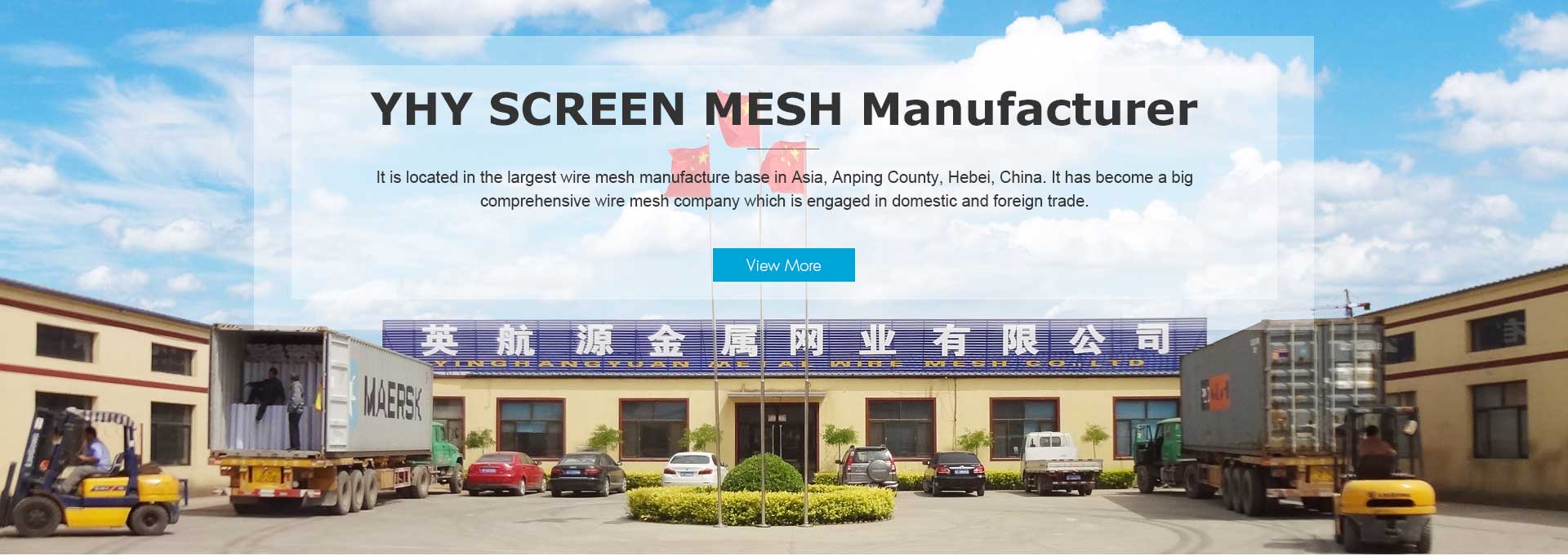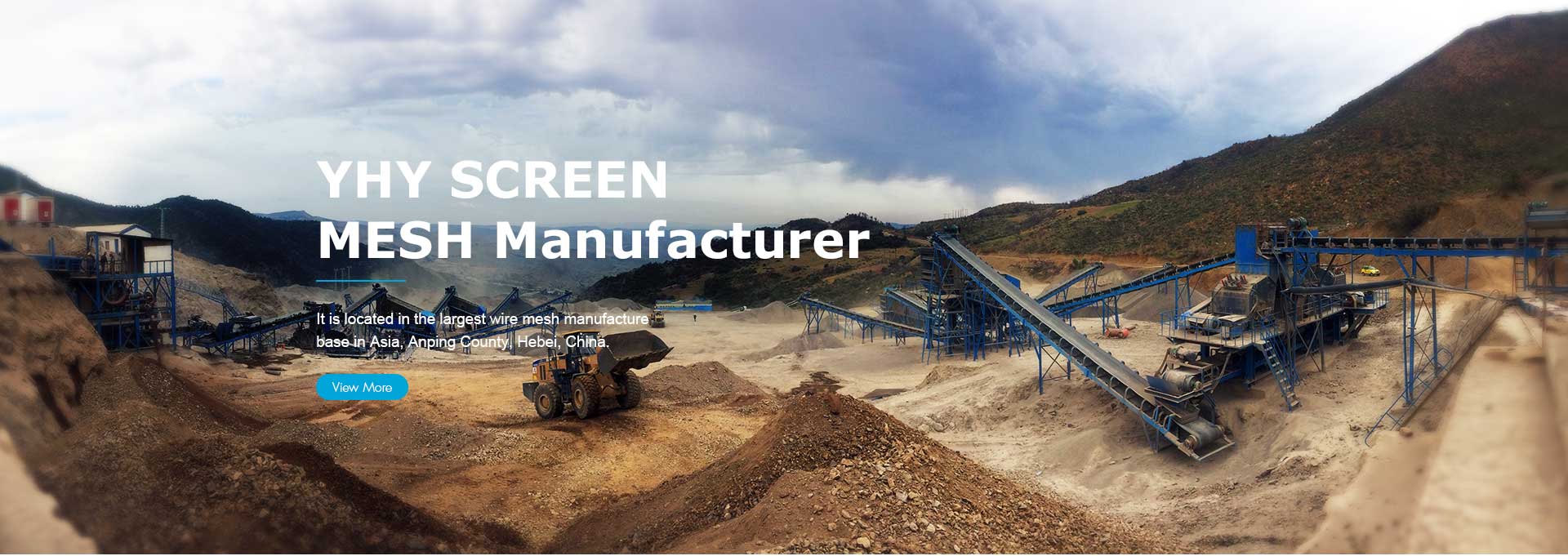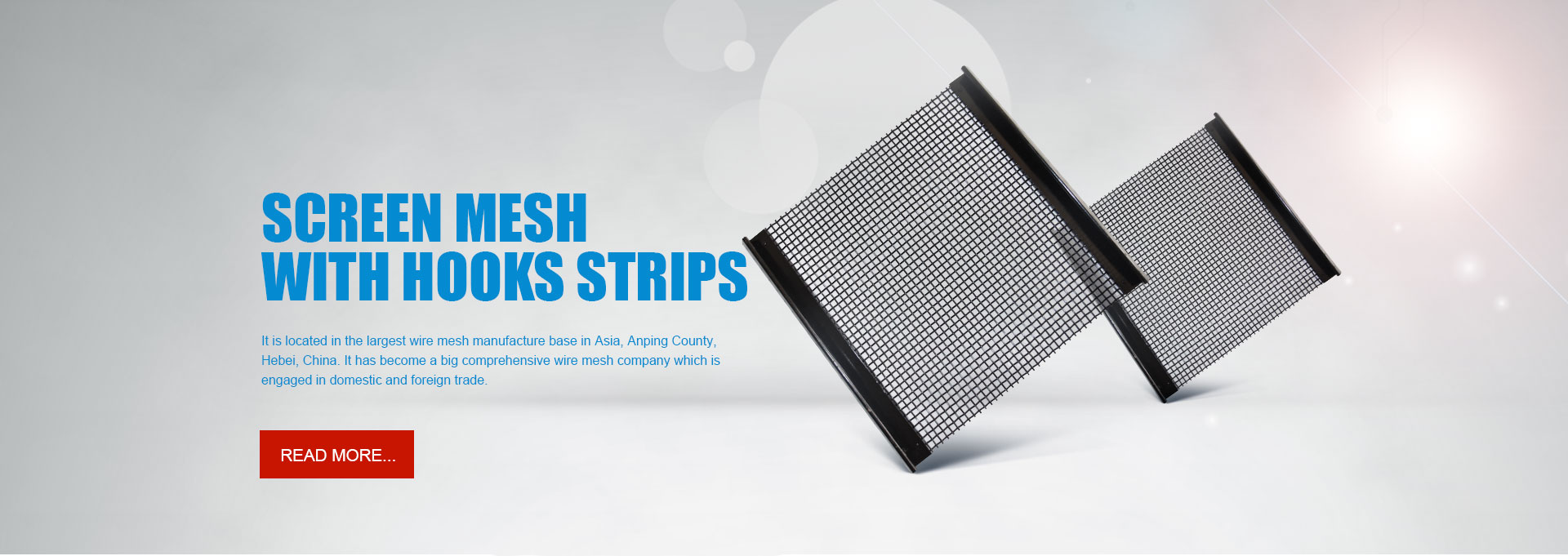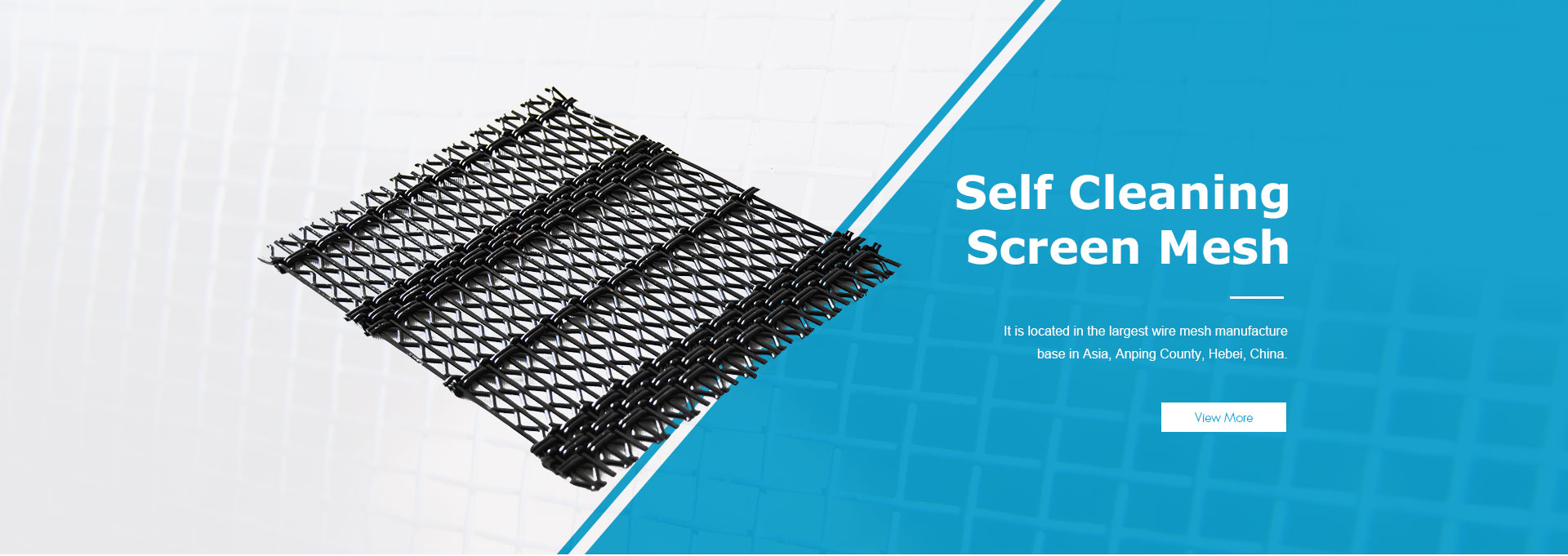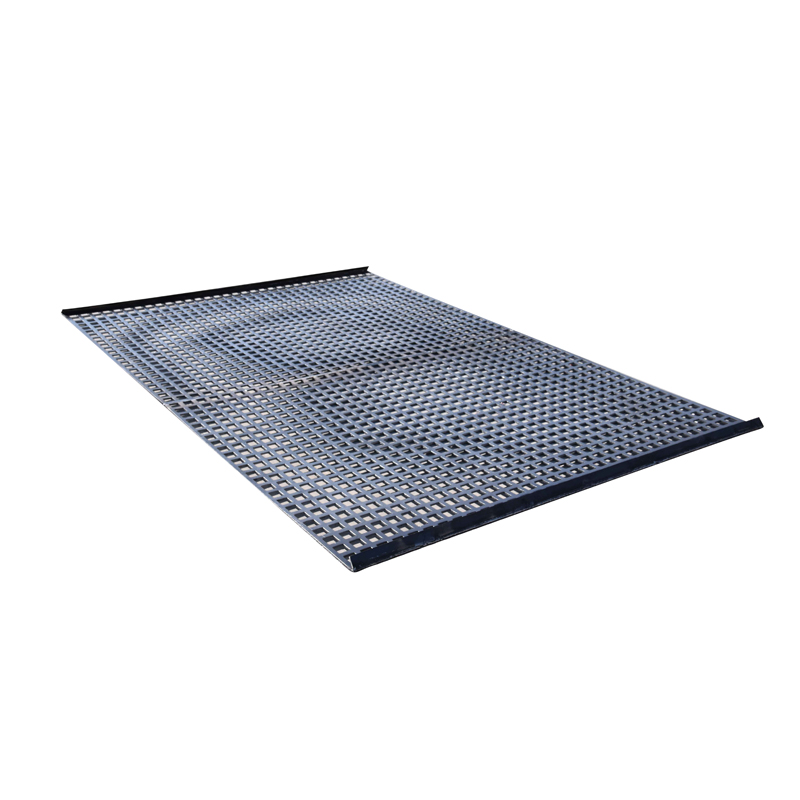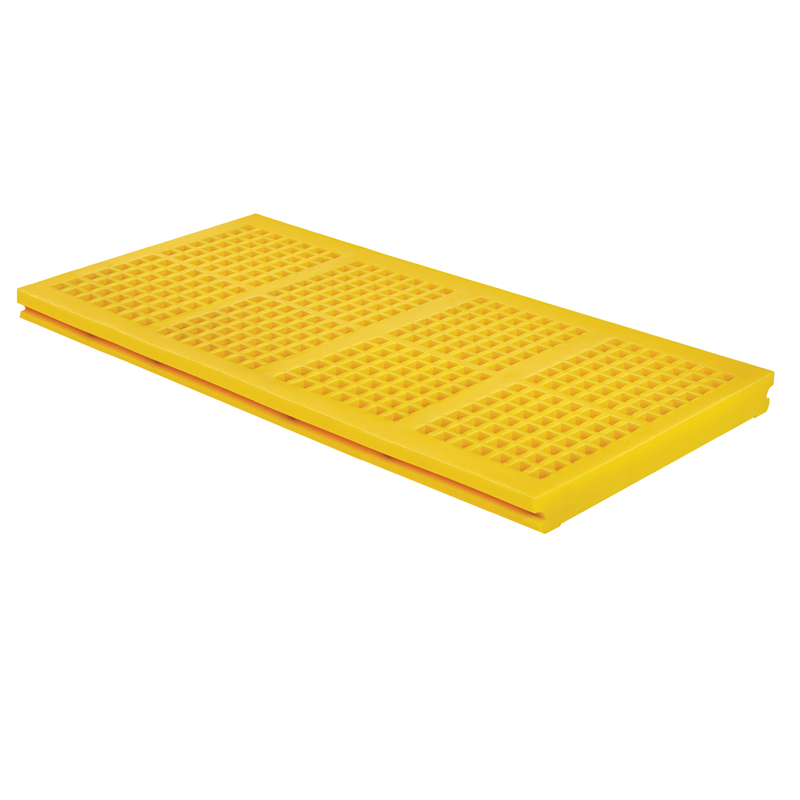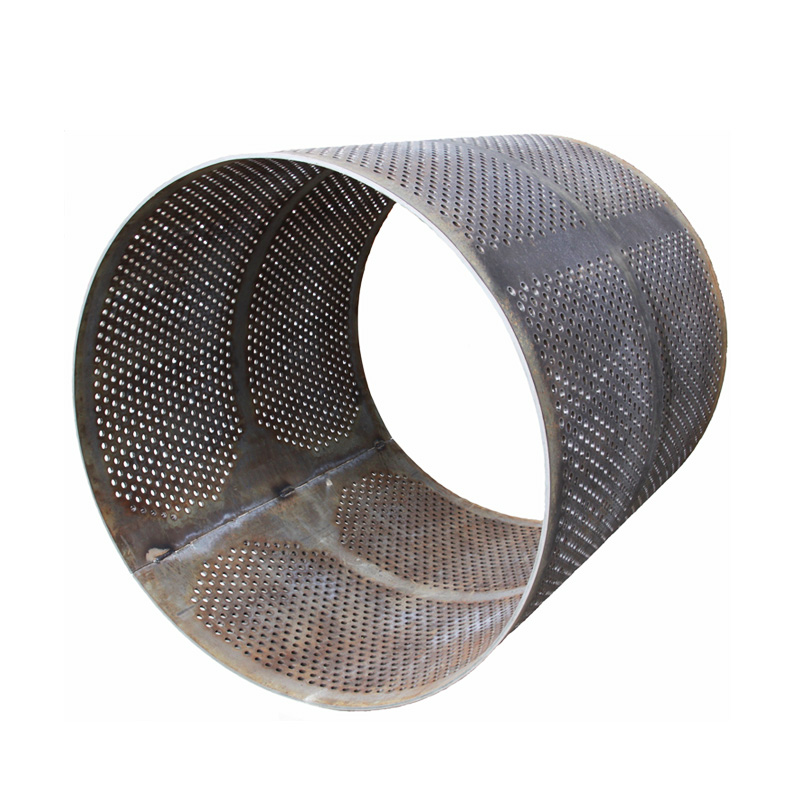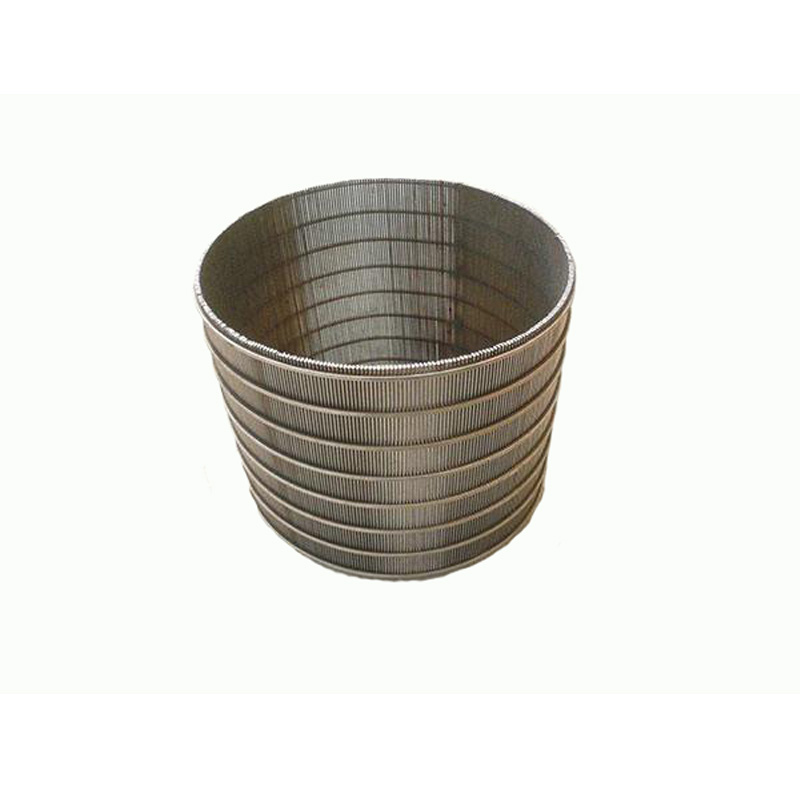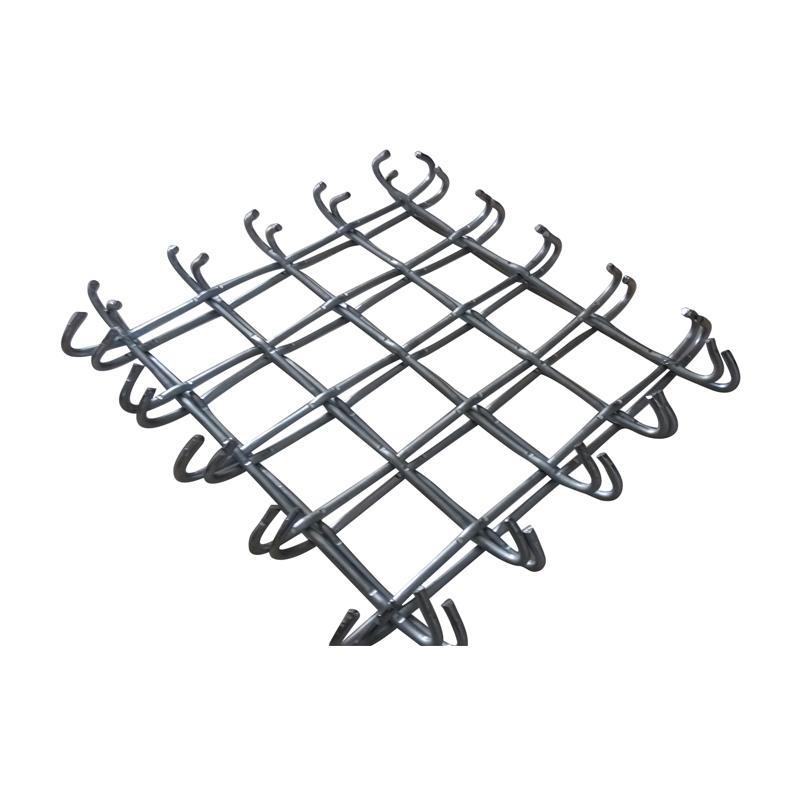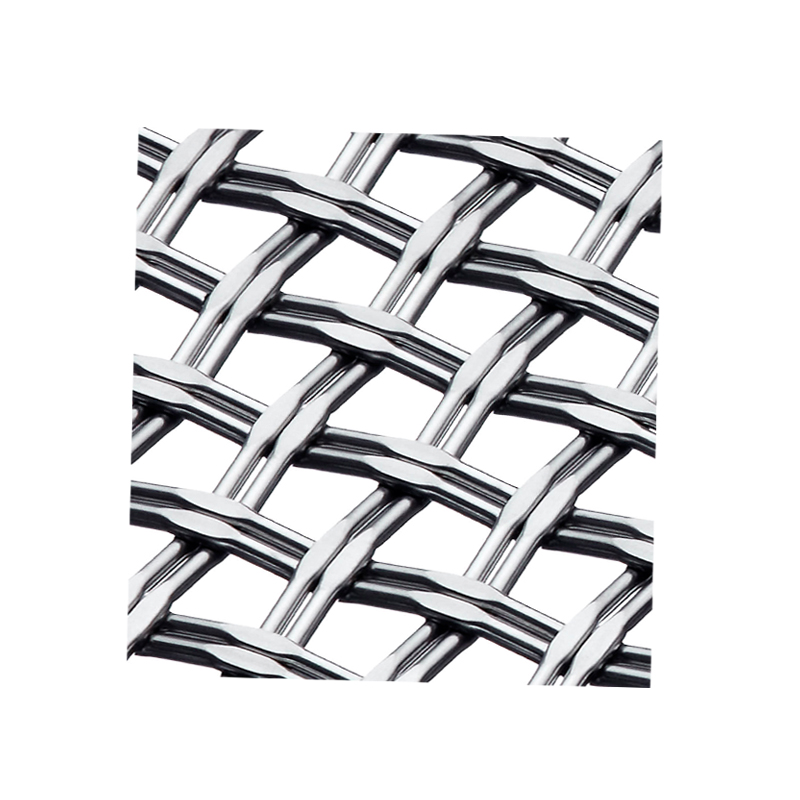Perforated mesh has been around for many years. With the continuous advancement of the technology in the punching industry, perforated mesh is increasingly being used in various industries. So how to choose a suitable perforated mesh? You need to choose according to the material and hole type of the perforated mesh.
Perforated mesh can be divided into several common specifications such as iron plate, stainless steel plate, aluminum plate, etc. Some special materials include copper plate, titanium plate, etc.
Generally, when perforated mesh is used as mechanical protective cover, sieve plate, filter plate, decorative net and other specifications, you can choose to use iron plate perforated mesh. For example, mechanical protective cover, decorative net and other products can choose to use cold-rolled steel plate or hot-rolled steel plate. Generally, when the plate needs to be bent or shaped for the second time after punching, you can choose to use hot-rolled steel plate. Hot-rolled steel plate has better ductility than cold-rolled steel plate, and can be bent multiple times without breaking easily. For perforated mesh that does not require secondary bending or shaping, cold-rolled steel plate can be used. Cold-rolled steel plate has better finish than hot-rolled steel plate. After painting or spraying, the surface can be smoother and brighter. For working conditions with stronger wear such as sieve plate and filter plate, manganese steel plate can be used for production. The manganese steel plate is marked as Q345 and has stronger wear resistance.
Stainless steel perforated mesh is generally used in underwater working environments, or in places where surface treatment requirements are relatively high and polishing is required without surface treatment. Stainless steel plates have strong corrosion resistance, and the surface finish can reach more than ▽10 after polishing. Stainless steel plates are also divided into several materials such as 201, 304, 316 and 316L, and the materials are further subdivided according to the use environment. Generally, the strainers, grates, and colanders we see in our daily lives are made of 304 stainless steel plates.
Compared with stainless steel perforated mesh, aluminum plate perforated mesh has stronger acid and alkali resistance. It is suitable for places with serious industrial pollution or ceilings in hospitals, office buildings and other environments. The round hole perforated mesh made of 5 holes and 5 spacing as the ceiling material has a good sound absorption effect, and if it is made of aluminum plate, the aluminum plate also has the advantages of light weight and not easy to sag.










